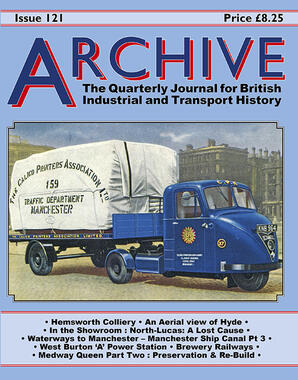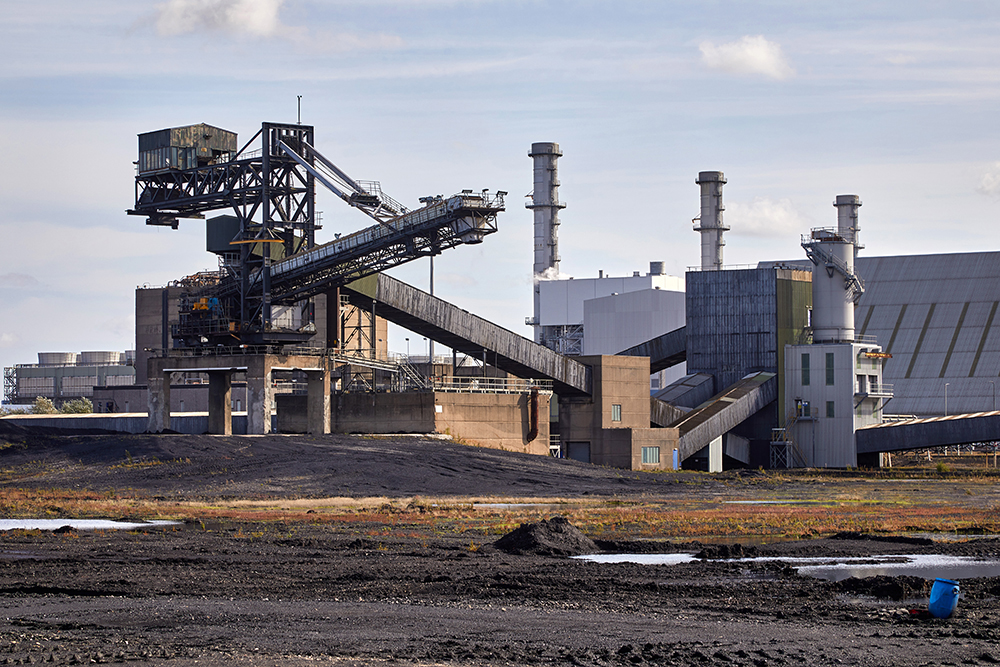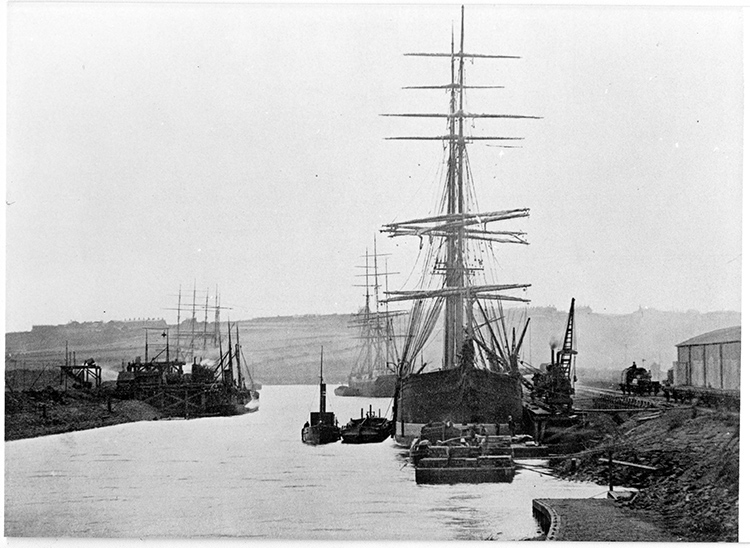Archive Issue 121

Archive Issue 121
64 pages. 275x215mm. .
ISSN 1352-7991 121
£8.25
64 pages. 275x215mm. .
ISSN 1352-7991 121
£8.25
Contents : In the Showroom : North-Lucas: A Lost Cause, p3; The Institute Archive’s review page, p13; Hemsworth Colliery, p15; Skimpings : An Aerial View of Hyde, p20; 2,000 Megawatts : West Burton ‘A’ Power Station; p23; Skimpings : Bristol Maritime & Commercial, p41; Medway Queen Part Two: Preservation & Re-Build, p43; Waterways to Manchester : 3 : The Manchester Ship Canal; Part Three, p53; Skimpings : An Edwardian Cardiff Street Scene, p61; Skimpings : Brewery Railways, p63; Skimpings : Urquhart Lindsay Hydraulic Mangle, p64


Archive Issue 121 - Sample Images

From: 2000 Megawatts: West Burton 'A' Power Station Coal dropped by merry-go-round trains was deposited in the stockyard by the boom stacker, typically up to a depth of 10 metres, then reclaimed using large earthmovers including Caterpillar D11 bulldozers and scrapers, which directed it into coal drops which have giant ‘grizzly’ screens. From there it made its way onto the main conveyor system. Mark Chalmers

From: Waterways to Manchester – Manchester Ship Canal Pt 3 Looking north eastwards from close to the small ferry boat landing at the edge of Frodsham Marshes which gave access to the ship canal works on Frodsham Score, to the left, alongside the Mersey. the photograph was taken on the 22nd July 1892, shortly after the opening of the first stage of the ship canal as far as the mouth of the river Weaver which is to the right beyond the ships. Higher Runcorn is on the skyline with Weston village to the right. At least four sailing ships are alongside the jetties which were built on both sides of the new canal. Alongside them are a variety of flats, some of canal dimensions which would allow transhipment of cargo destined for Runcorn Docks and the Bridgewater Canal towards Manchester and Preston Brook as well as up the Weaver Navigation. Cargo is also being landed or transferred to railway wagons alongside the ships to the right using small vertical-boilered steam cranes running on rails on the jetties. The small steam tug alongside the nearest ship carries the two white funnel bands that the Manchester Ship Canal Co inherited from the Bridgewater Navigations and is probably providing a towage service for the flats to and from Weston Marsh Lock to access the Weaver Navigation and Weston Point Docks or to Runcorn, just beyond. To the left background the ship canal curves northwards along the Mersey foreshore towards Weaver Sluices and Runcorn where works were still incomplete at this stage.
